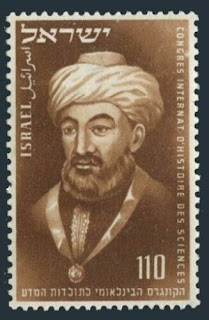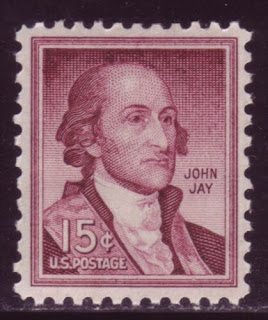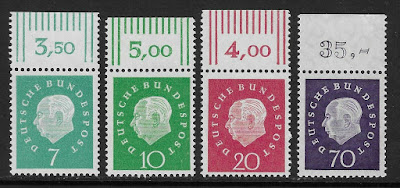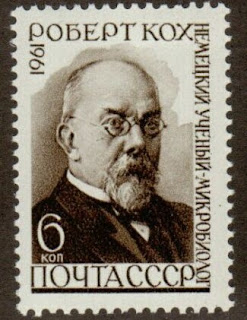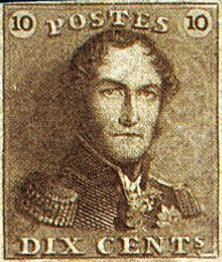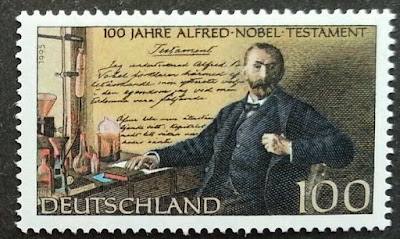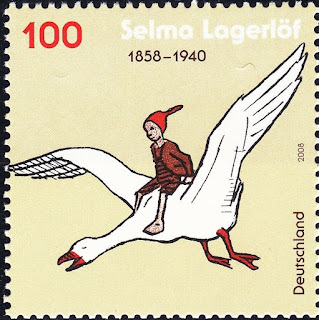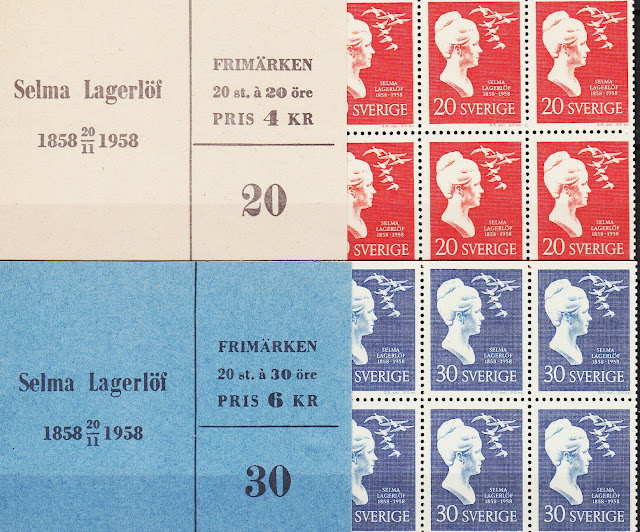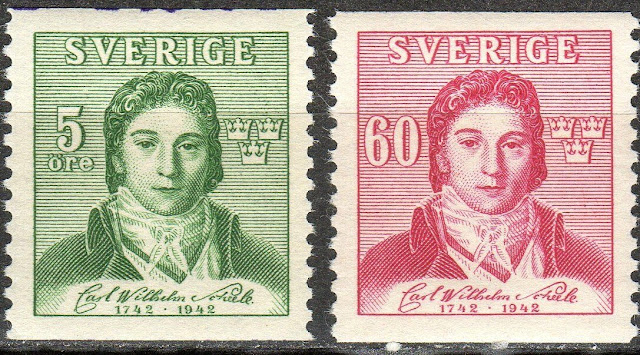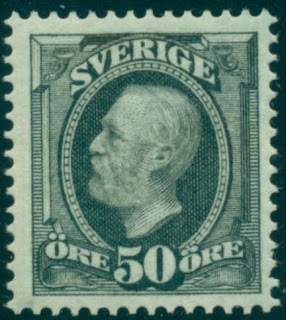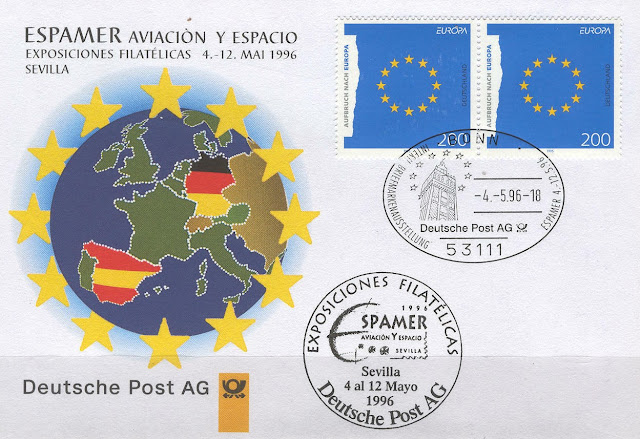1204 Died Maimonides, Egyptian religious scholar, philosopher and physician (b. 1135)
Moses ben Maimon, commonly known as Maimonides and also referred to by the acronym Rambam, was a medieval Sephardic Jewish philosopher who became one of the most prolific and influential Torah scholars of the Middle Ages. In his time, he was also a preeminent astronomer and physician. Born in Córdoba, Almoravid empire (present-day Spain) on Passover Eve, 1135 or 1138, he worked as a rabbi, physician, and philosopher in Morocco and Egypt. He died in Egypt on December 12, 1204, whence his body was taken to the lower Galilee and buried in Tiberias.
During his lifetime, most Jews greeted Maimonides' writings on Jewish law and ethics with acclaim and gratitude, even as far away as Iraq and Yemen. Yet, while Maimonides rose to become the revered head of the Jewish community in Egypt, his writings also had vociferous critics, particularly in Spain. Nonetheless, he was posthumously acknowledged as among the foremost rabbinical decisors and philosophers in Jewish history, and his copious work comprises a cornerstone of Jewish scholarship. His fourteen-volume Mishneh Torah still carries significant canonical authority as a codification of Talmudic law. He is sometimes known as "ha Nesher ha Gadol" (the great eagle) in recognition of his outstanding status as a bona fide exponent of the Oral Torah.
Aside from being revered by Jewish historians, Maimonides also figures very prominently in the history of Islamic and Arab sciences and is mentioned extensively in studies. Influenced by Al-Farabi, Avicenna, and his contemporary Averroes, he in his turn influenced other prominent Arab and Muslim philosophers and scientists. He became a prominent philosopher and polymath in both the Jewish and Islamic worlds.
Stamps from Israel and Uruguay depicting Maimonides
1745 Born: John Jay, American politician and diplomat, 1st Chief Justice of the United States (d. 1829)
John Jay (December 12, 1745 – May 17, 1829) was an American statesman, patriot, diplomat, Founding Father, abolitionist, negotiator, and signatory of the Treaty of Paris of 1783. He served as the second Governor of New York and the first Chief Justice of the United States (1789–1795). He directed U.S. foreign policy for much of the 1780s and was an important leader of the Federalist Party after the ratification of the United States Constitution in 1788.
Jay was born into a wealthy family of merchants and New York City government officials of French Huguenot and Dutch descent. He became a lawyer and joined the New York Committee of Correspondence, organizing American opposition to British policies such as the Intolerable Acts in the leadup to the American Revolution. Jay was elected to the Second Continental Congress, and served as President of the Congress. From 1779 to 1782, Jay served as the ambassador to Spain; he persuaded Spain to provide financial aid to the fledgling United States. He also served as a negotiator of the Treaty of Paris, in which Britain recognized American independence. Following the end of the war, Jay served as Secretary of Foreign Affairs, directing United States foreign policy under the Articles of Confederation government. He also served as the first Secretary of State on an interim basis.
A proponent of strong, centralized government, Jay worked to ratify the United States Constitution in New York in 1788. He was a co-author of The Federalist Papers along with Alexander Hamilton and James Madison, and wrote five of the eighty-five essays. After the establishment of the new federal government, Jay was appointed by President George Washington the first Chief Justice of the United States, serving from 1789 to 1795. The Jay Court experienced a light workload, deciding just four cases over six years. In 1794, while serving as Chief Justice, Jay negotiated the highly controversial Jay Treaty with Britain. Jay received a handful of electoral votes in three of the first four presidential elections, but never undertook a serious bid for the presidency.
Jay served as the Governor of New York from 1795 to 1801. Although he successfully passed gradual emancipation legislation as governor of the state, he himself owned five enslaved people as late as 1800. In the waning days of President John Adams's administration, Jay was confirmed by the Senate for another term as Chief Justice, but he declined the position and retired to his farm in Westchester County, New York.
US stamp depicting John Jay
William I (Willem Frederik, Prince of Orange-Nassau; 24 August 1772 – 12 December 1843) was a Prince of Orange and the first King of the Netherlands and Grand Duke of Luxembourg.
He was the ruler of the Principality of Nassau-Orange-Fulda from 1803 until 1806 and of the Principality of Orange-Nassau in the year 1806 and from 1813 until 1815. In 1813 he proclaimed himself Sovereign Prince of the United Netherlands. He proclaimed himself King of the Netherlands and Duke of Luxembourg on 16 March 1815. In the same year on 9 June William I became also the Grand Duke of Luxembourg and after 1839 he was furthermore the Duke of Limburg. After his abdication in 1840 he styled himself King William Frederick, Count of Nassau.
Dutch stamps issued in 1913 depicting King William I
1963 Born: Edvard Munch, Norwegian painter and illustrator (d. 1944)
Edvard Munch (12 December 1863 – 23 January 1944) was a Norwegian painter. His best known work, The Scream, has become one of the most iconic images of world art.
His childhood was overshadowed by illness, bereavement and the dread of inheriting a mental condition that ran in the family. Studying at the Royal School of Art and Design in Kristiania (today's Oslo), Munch began to live a bohemian life under the influence of nihilist Hans Jæger, who urged him to paint his own emotional and psychological state ('soul painting'). From this emerged his distinctive style.
Travel brought new influences and outlets. In Paris, he learned much from Paul Gauguin, Vincent van Gogh and Henri de Toulouse-Lautrec, especially their use of colour. In Berlin, he met Swedish dramatist August Strindberg, whom he painted, as he embarked on his major canon The Frieze of Life, depicting a series of deeply-felt themes such as love, anxiety, jealousy and betrayal, steeped in atmosphere.
The Scream was conceived in Kristiania. According to Munch, he was out walking at sunset, when he 'heard the enormous, infinite scream of nature'. The painting's agonised face is widely identified with the angst of the modern person. Between 1893 and 1910, he made two painted versions and two in pastels, as well as a number of prints. One of the pastels would eventually command the fourth highest nominal price paid for a painting at auction.
As his fame and wealth grew, his emotional state remained insecure. He briefly considered marriage, but could not commit himself. A breakdown in 1908 forced him to give up heavy drinking, and he was cheered by his increasing acceptance by the people of Kristiania and exposure in the city's museums. His later years were spent working in peace and privacy. Although his works were banned in Nazi Germany, most of them survived World War II, securing him a legacy.
Norwegian stamps depicting Edvard Munch's workd
1901 – Guglielmo Marconi receives the first transatlantic radio signal (the letter "S" [***] in Morse Code), at Signal Hill in St John's, Newfoundland.
Guglielmo Marconi, 1st Marquis of Marconi (25 April 1874 – 20 July 1937) was an Italian inventor and electrical engineer, known for his pioneering work on long-distance radio transmission,[5] development of Marconi's law, and a radio telegraph system. He is credited as the inventor of radio, and he shared the 1909 Nobel Prize in Physics with Karl Ferdinand Braun "in recognition of their contributions to the development of wireless telegraphy".
Marconi was also an entrepreneur, businessman, and founder of The Wireless Telegraph & Signal Company in the United Kingdom in 1897 (which became the Marconi Company). He succeeded in making an engineering and commercial success of radio by innovating and building on the work of previous experimenters and physicists. In 1929, Marconi was ennobled as a Marchese (marquis) by King Victor Emmanuel III of Italy, and, in 1931, he set up the Vatican Radio for Pope Pius XI.
Some stamps from the US, Italy, Bahamas, Canada and Niger depicting Marconi
1963 Died: Theodor Heuss, German journalist and politician, 1st President of the Federal Republic of Germany (b. 1884 )
Theodor Heuss (German: 31 January 1884 – 12 December 1963) was a German liberal politician who served as the first President of the Federal Republic of Germany from 1949 to 1959. His cordial nature – something of a contrast to the stern character of chancellor Konrad Adenauer – largely contributed to the stabilization of democracy in West Germany during the Wirtschaftswunder years. Before beginning his career as a politician, Heuss had been a political journalist.
After World War II the US Office of Military Government on 24 September 1945 appointed Heuss the first Minister of Education and Cultural Affairs in the German state of Württemberg-Baden under his fellow party member Minister-president Reinhold Maier, in favour of whom he resigned in 1946. As a co-founder of the Democratic People's Party (Demokratische Volkspartei, DVP), the predecessor of the German Free Democratic Party (Freie Demokratische Partei, FDP) in the southwestern German states, he was a member of the Württemberg-Baden state parliament (Landtag) from 1946 to 1949. Heuss also taught history at the Stuttgart Institute of Technology in 1946 and 1947, receiving the title of an honorary professor in 1948.
After plans elaborated with Wilhelm Külz to build up an all-German liberal party had failed, Heuss in December 1948 was elected head of West German and Berlin sections of the newly founded Free Democratic Party. He advocated uniting all liberal parties in the Western occupation zones, overcoming the split between right liberals and left liberals that had existed in the Weimar Republic. In 1948, he was a member of the Parlamentarischer Rat (Parliamentary Council) at Bonn with considerable influence in the drafting of West Germany's constitution, the Basic Law for the Federal Republic of Germany.
After being elected to the first German Bundestag, he relinquished his parliamentary mandate on 12 September 1949, when he was elected President by the Federal Convention (Bundesversammlung) defeating the Social Democrat leader Kurt Schumacher in the second ballot. He took the oath required by article 56 of the Basic Law before a joint session of the Bundestag and the Bundesrat on the same date. By the time he was confirmed as the first democratic German president since Paul von Hindenburg, he refused to be called “Excellency”, preferring instead to be called simply “Herr Heuss”, Herr Bundespräsident is the German term of address up to today. Heuss's plans for a new national anthem were aborted by Adenauer, who – in rare accordance with Kurt Schumacher – had the third stanza of the old Deutschlandlied established in 1952.
A widower since 1952, Heuss was re-elected in 1954 with practically no opposition, after the Social Democrats had renounced the nomination of a rival candidate. Not until May 1956, could he make his first state visit, invited by King Paul of Greece. The president, accompanied by Foreign Minister Heinrich von Brentano, was overwhelmed by the warm reception in Athens, considering that the country had heavily suffered under German occupation in World War II. He held office until the end of his term on 12 September 1959, succeeded by Heinrich Lübke. He had declined a third term in office, as this would have necessitated changing the constitution.
Heuss shaped the office of president by his non-partisan governing. As a representative of the democratic-liberal and cultural traditions of Germany, he was a symbol of confidence in the German post-war republic in the international community. His further state visits to Turkey, Italy, Canada, the United States, and the United Kingdom contributed greatly to the increase of appreciation toward the still young Federal Republic of Germany. He was opposed to re-armament and the founding of the new West German Army in 1955, but had no power to stop it. His ironic speech at the swearing in of the first new soldiers, "Nun siegt mal schön!" ("Happy war-winning!"), is well remembered. In 1959, Heuss was awarded the prestigious Friedenspreis des Deutschen Buchhandels. In addressing the memory of Nazism and the Third Reich, Heuss introduced the concept of collective shame as opposed to collective guilt. His rhetoric encouraged the Germans to never forget the Holocaust and precisely described the crimes against the Jews but he refrained from citing those who were responsible for their suffering.
On 12 December 1963 Heuss died in Stuttgart, aged 79.
German stamps depicting Theodor Heuss

